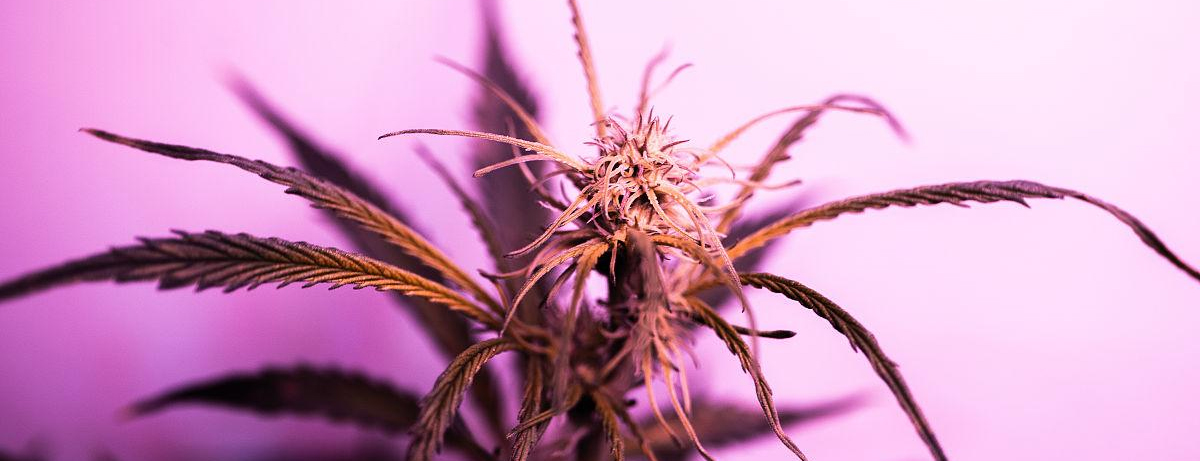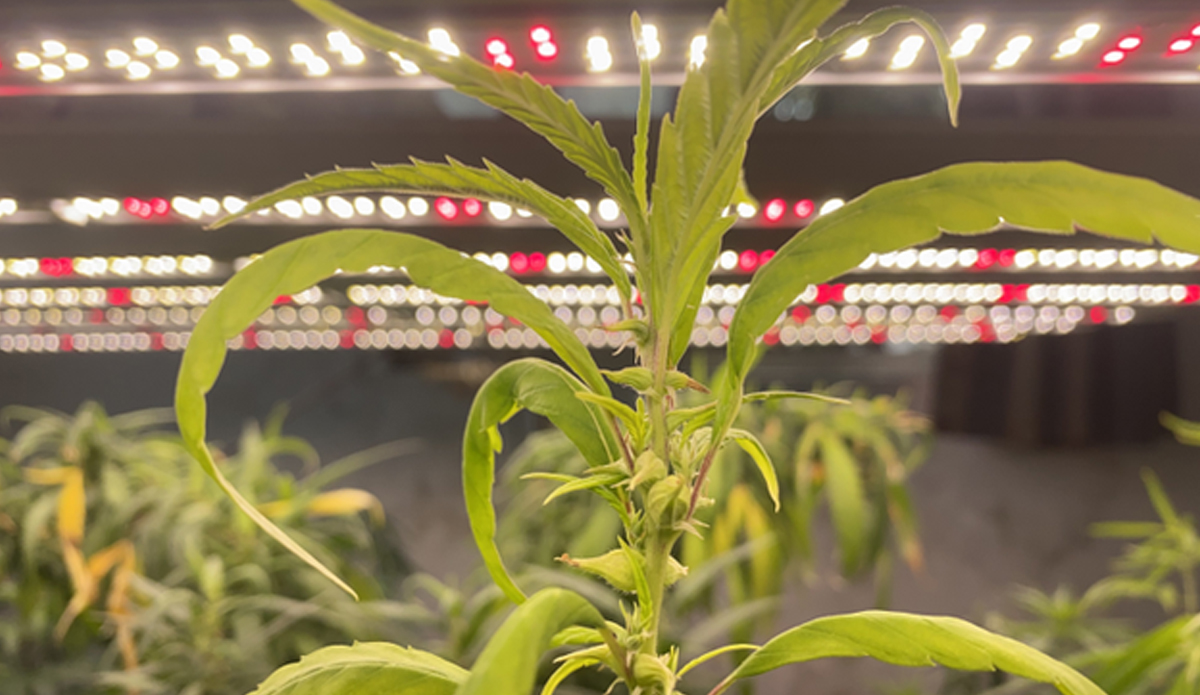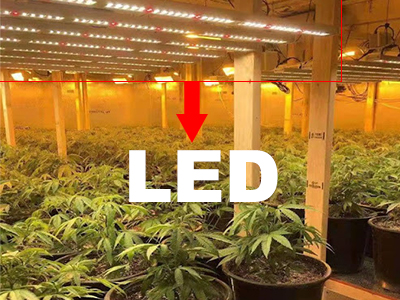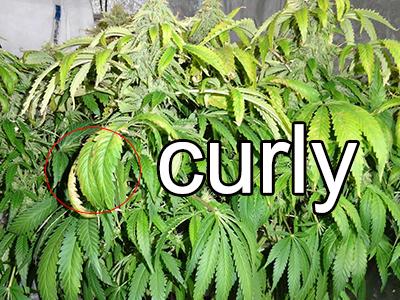With the development of indoor gardening and vertical farming in recent years, people have paid more and more attention to how to provide optimal growing conditions for plants. Among them, the use of LED grow lights has become particularly important. This innovative light source can not only simulate sunlight and supplement the deficiency of natural light, but also meet the light needs of various plants in different growth cycles through specific spectral ratios.
Firstly, plants’ needs for light time vary from species to species. In general, most plants require sufficient light for photosynthesis, which is key to their growth and development. For example, vegetables and flowers usually require longer light hours to maintain good growth, while some shade plants have lower light time requirements.
Secondly, photoperiod, the ratio of daylight hours to dark hours, has a significant impact on the growth cycle of plants. For example, some plants require long days to promote flowering, while others require short days. Using LED grow lights allows precise control of the photoperiod to optimize plant growth conditions.
In addition, light intensity is closely related to light duration. Within a certain range, stronger light can reduce the required exposure time. However, too strong or too weak light may have adverse effects on plants. For example, insufficient light may cause plants to grow elongated, and too strong light may cause photosynthesis saturation or light damage.
While natural light is the ideal light source when considering the optimal length of light for different plants and their growth cycles, in many situations, such as indoor environments or seasonal changes, natural light may not be enough to meet the needs of plants. At this time, LED plant lights are particularly important. They not only supplement the lack of natural light, but also optimize the growth conditions of plants by adjusting the spectrum and light duration.

Light duration of various plants in different growth cycles:
Vegetables and Flowers: These plants generally require longer daylight hours, usually 12 to 16 hours per day. For example, tomatoes, peppers, and most flowers require adequate light for good growth and flowering.
Succulents and cacti: These plants are adapted to high-light environments and require about 6 to 8 hours of light per day, but overexposure should also be avoided.
Leafy vegetables: such as lettuce, spinach, etc., usually require 10 to 14 hours of light per day.
Herbs: For example, basil, cilantro, etc., they need about 10 to 16 hours of light per day.
Cannabis: Cannabis’ light needs also change during its growth cycle. For example, during the budding period, it is usually 18 to 24 hours a day. During the growing season, cannabis plants typically require about 18 hours of light and 6 hours of darkness per day. This photoperiod helps promote rapid plant growth. When transitioning into flowering, cannabis plants require a longer dark period to stimulate flower production. At this time, the lighting time is usually adjusted to 12 hours of light and 12 hours of darkness per day.

The correct use of LED grow lights is crucial for indoor plant growth, especially when natural light is insufficient to meet optimal plant growth conditions. These fixtures not only supplement the lack of natural light, but also offer adjustable spectrum and intensity to suit the specific needs of different plants and growth stages. Whether it is common ornamental plants in the home or plants that require special lighting conditions (such as cannabis), LED plant lights can effectively promote their healthy growth.
It is important that we closely observe the growth response of the plants as a basis for adjusting the lighting time. If the plant shows signs of poor growth, such as leggy growth, faded leaves, or scorched leaves, this may be a sign that the exposure time needs to be adjusted. If you encountered some planting problems, you can click on the dialog box below to contact us~.























